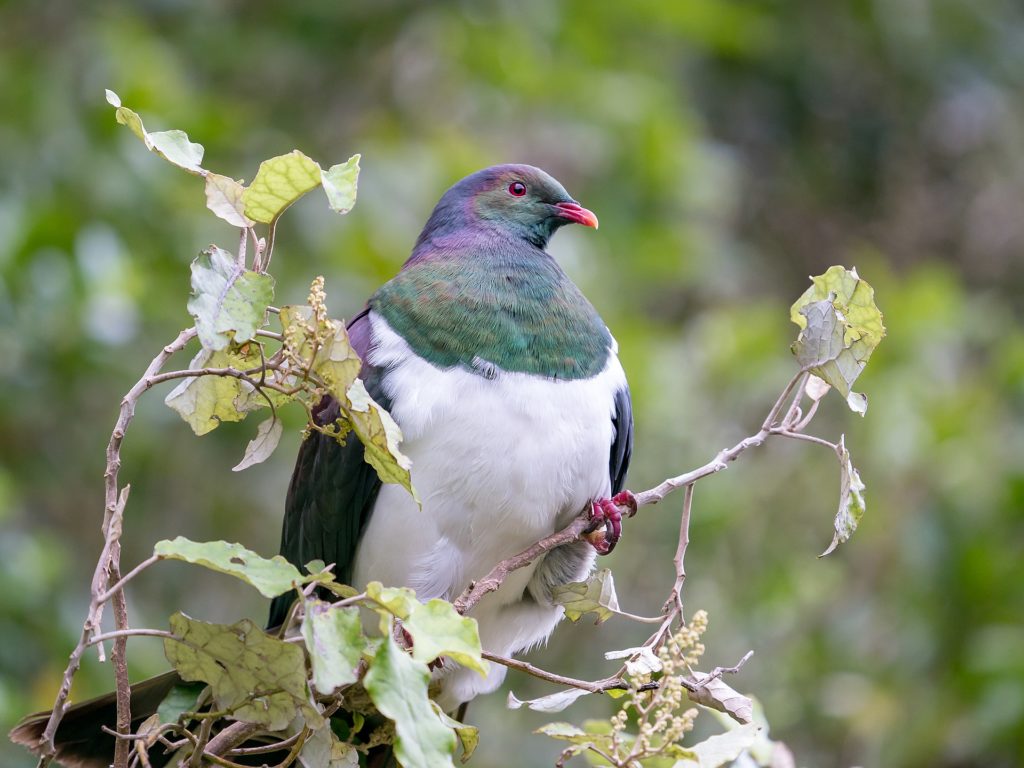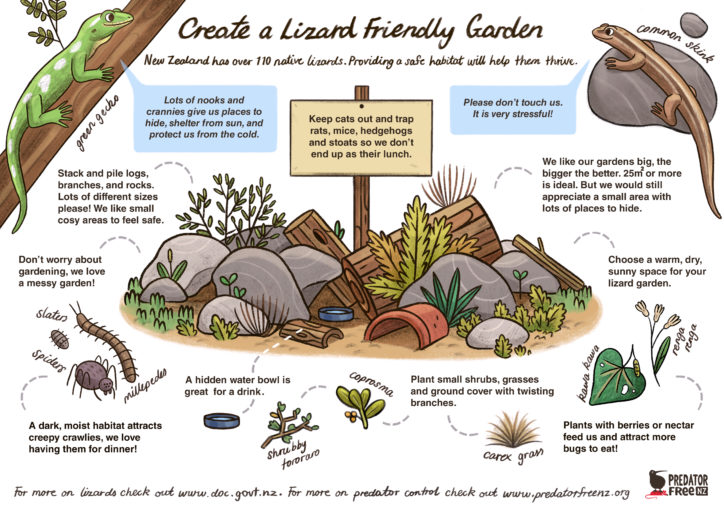ON THIS PAGE
Exploring, experiencing and enhancing the outdoors
We’ve found some activities focused on finding which species live nearby. Be a Nature Ninja – use your ninja nature senses to find your way around your school or local park.
iNaturalistNZ is a citizen science hub where you can record what you see in nature, get help from the scientific community to identify your observations and learn about the natural world.
Discover what’s in your backyard or playground
- Chew cards are a great way to see who is nibbling in your garden or playground. They are basically corflute filled with a tasty lure like peanut butter, and are really easy to make. You can follow our guidelines (PDF, 106KB) on how to make them. When you see bite marks in your chew cards, use Landcare Research’s guide to identify who has been biting!
- Build a tracking tunnel to encourage kids to use their detective skills to track down predators like rats, stoats and mice. DOC and Kiwi Conservation Club also have guides on making tracking tunnels.
- Once you have some tracks in your tunnel, it’s time for some detection work to identify your good guys and villains. Check out this guide to identify footprints.
- Be part of the NZ Garden Bird Survey – birds are important indicators of the health of New Zealand’s environment and to help us discover and learn more about NZ garden birds, participate in this citizen science project.
- Be involved in the Great Kereru Count which is NZ’s biggest citizen science project to help gather information on the abundance and distribution of the New Zealand pigeon — also known as kererū, kūkū or kūkupa.

Trapping
- Use our template for the standard Rat Trap Tunnel dimensions (PDF, 144KB) to build your own rat trap box or play it safe with our longer weka proof dimensions (PDF, 139KB). Detailed instructions on how to make a DOC ‘best practice’ tunnel are available here (PDF, 1MB).
Help with housing
- Create a lizard friendly garden (PDF, 2MB) in your school grounds or backyard. Providing plenty of small or tiny hiding holes will create a safe home for our protected mokomoko. Once they move in, chances are you’ll have them forever.

- Build a ruru nest box (PDF, 808KB) in your garden to help out our native owl. It gives them a place to nest safely, away from introduced predators.
- Make a bug house! There are so many different ways to help insects feel at home in your garden. Check out some of these ideas and then try designing your own ‘bug house’ e.g. Kids Go Gardening — build a bug hotel or DOC – Build a wētā motel.
Activities for bird lovers
- Watch the Wildeyes video below to find out how to build a bird feeder and see who comes to dine.
- Find your ‘inner bird’ with The Garden Bird Survey. Choose from 16 designs, then cut and colour, or simply cut, to make your own bird mask. Line up your felts and crayons and see how well you can match the colours of real birds in these colour-in designs. Or go all-out fantastical and create a pink-striped Tui!
Plant native trees and shrubs
Habitat creation is an essential way to help our native species thrive. Planted areas provide a space for wildlife to feed, shelter and breed, as well as a corridor to other habitats, allowing them to move about freely.
- A DOC guide on what to plant to provide food and shelter for our native birds.
- Plant like a Ninja! Watch this Trees that Count video and learn how to plant a tree.

